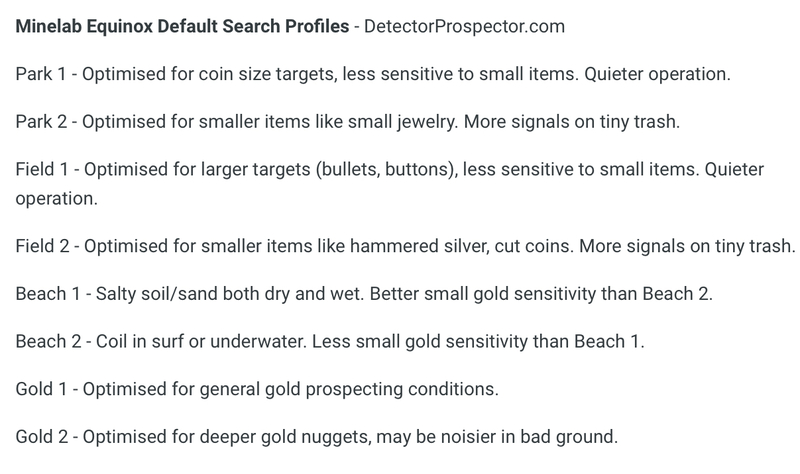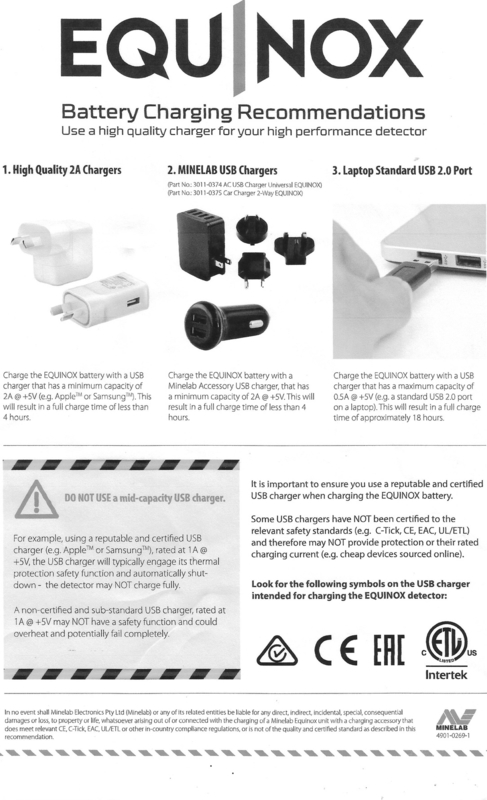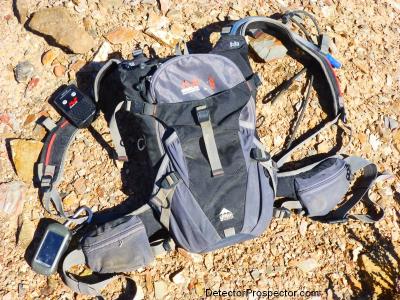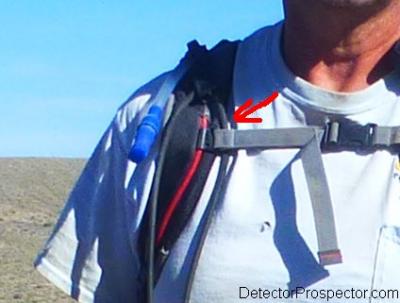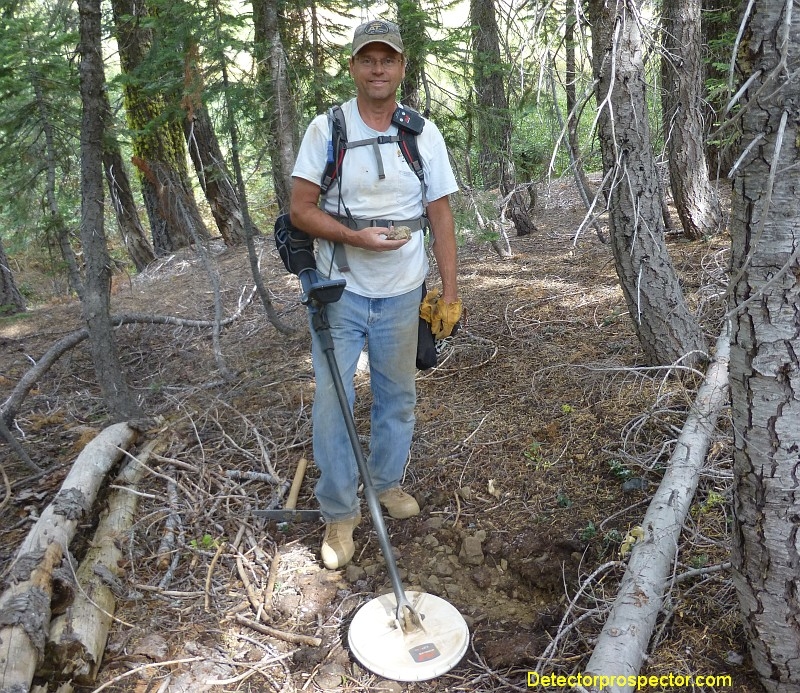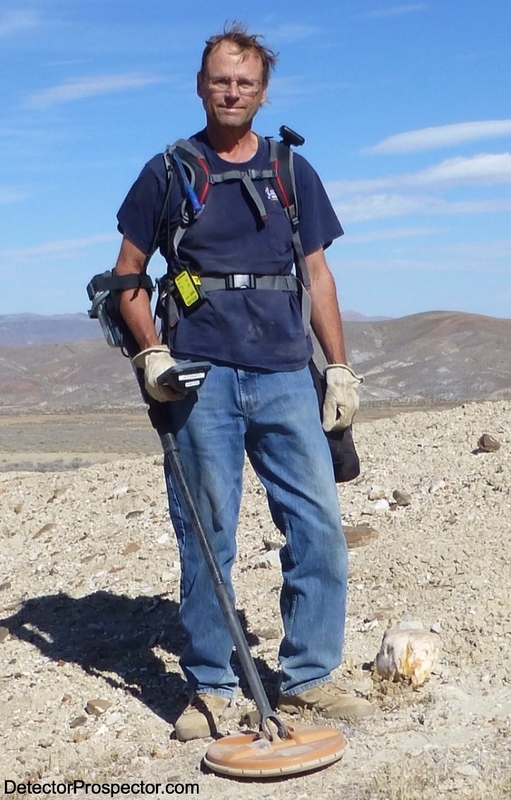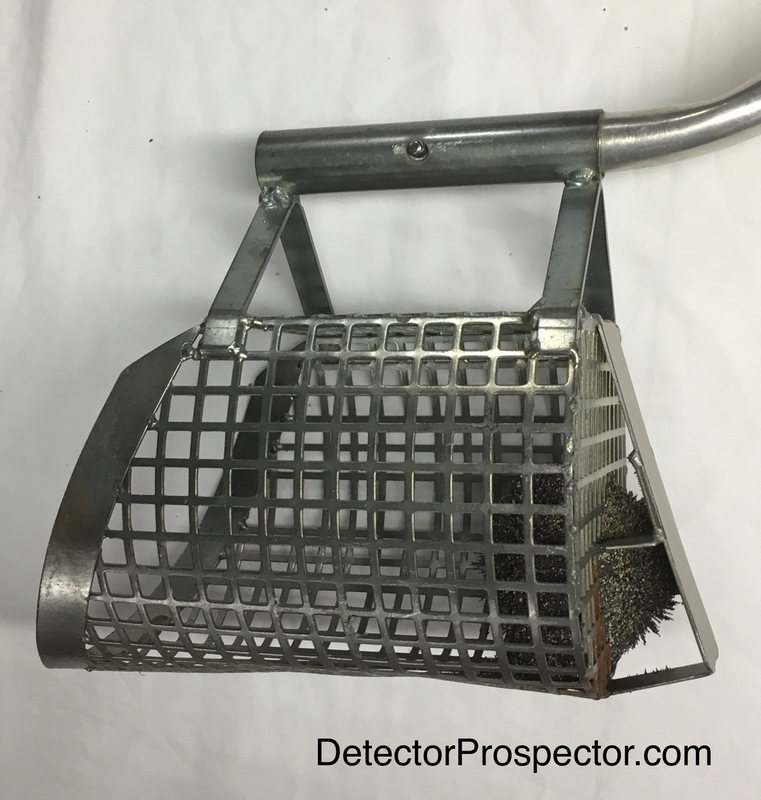-
Posts
19,804 -
Joined
Content Type
Forums
Detector Prospector Home
Detector Database
Downloads
Everything posted by Steve Herschbach
-
Most target id charts are constructed with Park 1 default settings. Be aware that while Minelab has done their best to "normalize" target ids across all Search Profiles and settings the fact is they can vary. Usually by only a single digit, but perhaps more. Ferrous can show large shifts when toggling to 5 kHz mode, which can help with identifying bottle caps, for instance. Examples This is not a problem for people who generally recover all non-ferrous (U.K. hunters, jewelry hunters) but for people intent on "cherry picking" certain coins, like U.S. nickels, you need to be aware of this. In the link above for instance the classic 13 reading on most nickels is more like 12 in some other profiles. In general Park 1 and Field 1 will have the most stable target id on coin size targets. Also, be aware that Equinox is very sensitive to surface changes in targets, and so corroded pennies, for example, will vary from cleaner examples. Here is my classic U.S. coin chart for Park 1 followed by an enhanced version of the Equinox Manual ID Chart from the Instruction Manual, page 31. The location of the modern U.S. dollar (Sacawagea, Susan Anthony) has been noted on the Minelab chart and older silver dollars added, since this was causing confusion. The modern dollar reads near to quarters. I also added medium and small rings to the chart, since their exclusion had people thinking all rings read high. People are reading way too much into what is missing from these simple guides, or even simple general statements in the manual. Just because they left out small and medium rings does not mean all rings read like pennies! Anyway, I hope this helps clarify things a little. Click for larger versions...
-

Iron Bias And Recovery Speed
Steve Herschbach replied to broadsmaster's topic in Minelab Equinox Forum
Few people really know what they are doing yet so settings taken off the internet have more chance of being “wrong” than “right”. -

Further Thoughts On The Equinox
Steve Herschbach replied to Mtwolf2270's topic in Minelab Equinox Forum
I always ground balance in my ground. The “no ground balance thing” is for mild to moderate ground conditions only. Common park and beach situations. -

Venturing Into The Dark Side....
Steve Herschbach replied to SteelPhase's topic in Minelab Equinox Forum
I highly recommend using the suggested default Search Profiles, with the sensitivity maybe bumped up a point or two if conditions allow. Park 1 - Optimised for coin size targets, less sensitive to small items. Quieter operation. Park 2 - Optimised for smaller items like small jewelry. More signals on tiny trash. Field 1 - Optimised for larger targets (bullets, buttons), less sensitive to small items. Quieter operation. Field 2 - Optimised for smaller items like hammered silver, cut coins. More signals on tiny trash. Beach 1 - Salty soil/sand both dry and wet. Better small gold sensitivity than Beach 2. Beach 2 - Coil in surf or underwater. Less small gold sensitivity than Beach 1. Gold 1 - Optimised for general gold prospecting conditions. Gold 2 - Optimised for deeper gold nuggets, may be noisier in bad ground. -
Welcome to the forum. This and most any other question you have can be answered by checking out previous threads. Just use the specs below if you want to be sure a charger is approved for use. Others may or may not work fine.
-

A Slight Delay Before I Go Detecting
Steve Herschbach replied to Steve Herschbach's topic in Detector Prospector Forum
No I am a fair weather detectorist these days. In Alaska I had to hunt no matter how bad it was due to short season. Here, there are so many nice days I am not out unless it’s halfway decent. Like 50 or better. I am so busy with other stuff I need winter downtime anyway. -
-

Kobi-mcgrath Trail In Alaska
Steve Herschbach replied to Alaskagold's topic in Detector Prospector Forum
Welcome to the forum! I would attend the next monthly meeting of the Alaska Miners Association in Fairbanks (assuming you are there) and pipe up during the meeting and ask. If anyone is around that knows anything it would probably be somebody at the AMA. -

Underwater 600 Without Headphones
Steve Herschbach replied to Voyager32's topic in Minelab Equinox Forum
Welcome to the forum! You won't hurt the detector submerging it as long as the plug is installed in the earphone port. However, unless you are in very still water I am doubtful about the ability to hear the detector very well underwater. Any sound from surf at all would drown out the detector. Still, it is all speculation until somebody gives it a go. If the water was warmer around here I would try it myself but its not going to happen right now! -
I think you will find like most people that once you get an Equinox this is kind of a non-issue. Mostly just something for people to discuss while waiting for a detector. I keep all the bullets I find detecting and made up a 1 lb sack and tied under the armrest. It makes for a better balance but... well, it adds a pound! I don't intend on fiddling with it anymore beyond that brief experiment. Now, when I ever get a 15" coil that will probably be another matter, as I would expect the balance them to fall outside my comfort zone. Until then however I have no complaint with Equinox as is. In fact the slight nose heavy setup makes it very comfortable for me using the detector without an arm strap since the cup stays firmly against my forearm. In parks Iet the coil ride on the grass and as much pushing down as holding up. Long story short you might want to give it a spin before doing anything.
-
Thnks Daniel, great report and a mirror of my findings. I have been repeating over and over that reducing recovery speed in high mineral ground will lose depth, not gain it, but skeptics abound. Further, in any situation where good targets reside next to bad targets lower recovery speeds induce masking. Lightning fast speed is one of Equinox major advantages and many people are tossing it away without a thought. I am not saying lower recovery speeds do not apply in some situations, but most places have been pounded for years by slower machines so why go there? Even where people think trash is sparse that trash still hides targets. In my opinion high mineral ground acts like ground made up of just another type of dense ferrous targets, with weaker and stronger areas. Faster recovery speeds act to reduce "ground masking" letting Equinox peek into small areas of weaker mineralization or between hot rocks that mask targets from other machines. Another way to look at recovery speed is as a type of ground filter. Recovery speed on the Equinox is roughly analogous to V/SAT on White's prospecting detectors. There is no denying that ground noise (ground masking) increases with lower recovery speeds in mineralized ground. I also have seen my best deepest targets reveal as a small non-ferrous spot in the middle of a larger ferrous "donut" in bad ground. In fact, if I find a nice round ferrous target (why I hunt with ferrous accepted) I work it extra hard trying to get that nice non-ferrous spot to open up in the middle. 39 is high ferrous wrap but a hit in the mid to higher 20s in the middle of a ferrous donut is usually a deep non-ferrous target. Again, we are talking severe ground conditions. Mentioned here in November and here in December with later mentions. As you note being dead center on target and with proper sweep speed is critical to getting these right. And listen for the overall "roundness" of the combined ferrous/non-ferrous target - oddball ferrous will not exhibit the roundness factor as much if at all.
-
Yikes, scared me there Strick - thought you were leaving the forum! Glad to hear that’s not the case.
-

Early Minelab Testers Question??
Steve Herschbach replied to TennesseeDigger's topic in Minelab Equinox Forum
It happens more than you think. Fishing poles and golf clubs. My business partner it was boats! What person passionate about anything would not like a chance to better improve the products they themselves use? -
The rucksack pulls to the side a little as can kind of be seen in the photo, but not much. The interconnection between the two straps alleviates most of that as does a good fit. My arm is bearing some of the load in uneven ground. I sometimes hook the thumb of my right hand in the right strap and pull a bit in the other direction. But all in all that little hydro pack has served me very well the last three years. I bought a second one just to make sure I have another when the first gives out. I am getting older with the aches and pains that come with age. Pulled a leg muscle last year overextending on a climb into a canyon. So I am looking for lighter detectors. I fully agree that people should look after themselves as best they can. I do that by roaming the hills with my detector instead of sitting on a couch with a beer in my hand. I may wear my body out detecting but better that than letting it go to hell doing nothing. My Nugget Detecting Kit
-
Wow. I don’t use the harness. It’s new in the bag also. I bungee to my rucksack strap. I set my bungee so my detector floats. I push the it back and forth and what little weight there is left rides on the ground. I hunt full days and at most my shoulder gets a little sore. Probably get between 400 - 500 hours per year detecting. I do think when using the GPZ 19 for a week last summer it was a bit much, and the hip stick would have been a good idea to have taken the load off my shoulder. I just turned 60 and appear to be doing just fine. But thanks for your concern.
-
0 is just the default ground balance setting for Equinox like 90 is for Deus. In lower mineral ground it’s fine - the ground balance is pretty forgiving in low to moderate ground. In higher mineral ground you need to ground balance it. It does not hurt to ground balance if you wish UNLESS there is almost no ground mineralization. Then the ground balance has nothing to grab or track to, in which case the default is best. Ground balancing in salt environments can cause a loss of sensitivity to smaller gold and again, if there is no real mineral content to the sand, like in Florida, the ground balance may be unreliable. I almost always hunt in high mineral ground therefore I almost always ground balance via the auto or ground grab pumping method. I rarely use tracking unless ground is extremely variable. You can use your detector to experiment with test targets in your own ground to determine what works best for you.
-
You did great!
-

Stealth 720i Sand Scoop Questions
Steve Herschbach replied to Steven's topic in Metal Detecting For Jewelry
I like the Extreme Scoop... may have to get one. -
Mine is new in the bag.
-
That might be a fair price with the extras but considering a new full warranty GPX 4500 is $2699 anything over $2K might be a stretch. People price out the detector and extras rarely add very much. I am currently selling a huge package deal Garrett ATX with three extra coils and lots more, and I espect to get next to nothing for the extras. I basically am too lazy to try and part it out trying to eke a couple hundred more out of it considering the extra legwork and fees in multiple sales. My best advice is start high and bring it down until it sells. I do that a lot on the Classifieds here since listing is free.
-
I have tried a couple but so far the main problem is not power but depth of field. They work great for flat items but something like a gold nugget is very hard to get all in focus. My digital camera actually does a better job most of the time. For most stuff you don’t want too much magnification. 10x - 30x is usually fine.
-

Your Thoughts: Best Pin Pointer?
Steve Herschbach replied to TennesseeDigger's topic in Metal Detecting For Coins & Relics
That’s cheating, F-Pulse and Tek-Point are the same pinpointer! -

Stealth 720i Sand Scoop Questions
Steve Herschbach replied to Steven's topic in Metal Detecting For Jewelry
Typical trade. The holes have to be smaller than the smallest object you want to retain, but too small impedes quick sifting. I lean towards heavy mesh over drilled holes for smaller hole sizes as the greater number of openings helps offset the smaller hole size. And then durability raises its ugly head. For sand lighter duty sieves are ok but in the rocky stuff it has to be extra stout. No real answer really, just the compromise that works best for you. My favorite scoop is heavy stainless steel with 3/8” square holes. Old model sold by Keene years ago, very hard to find.

